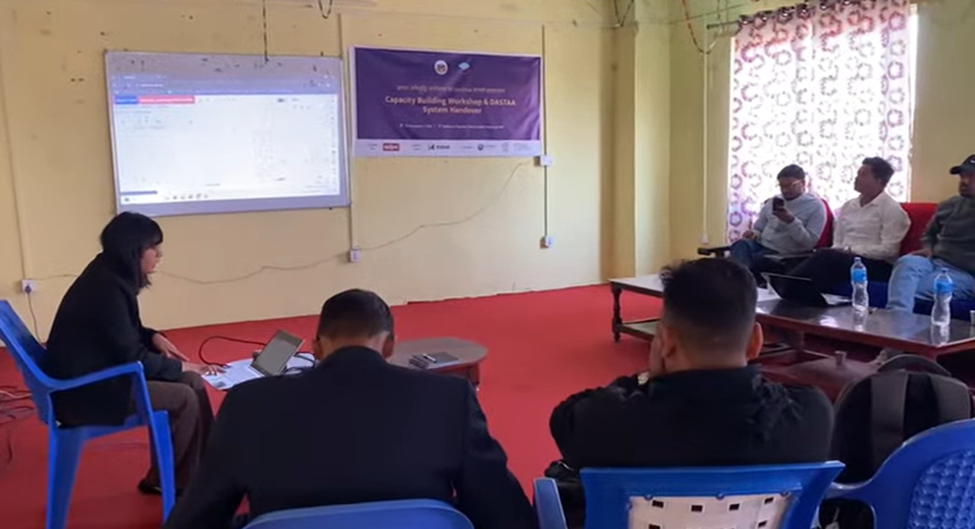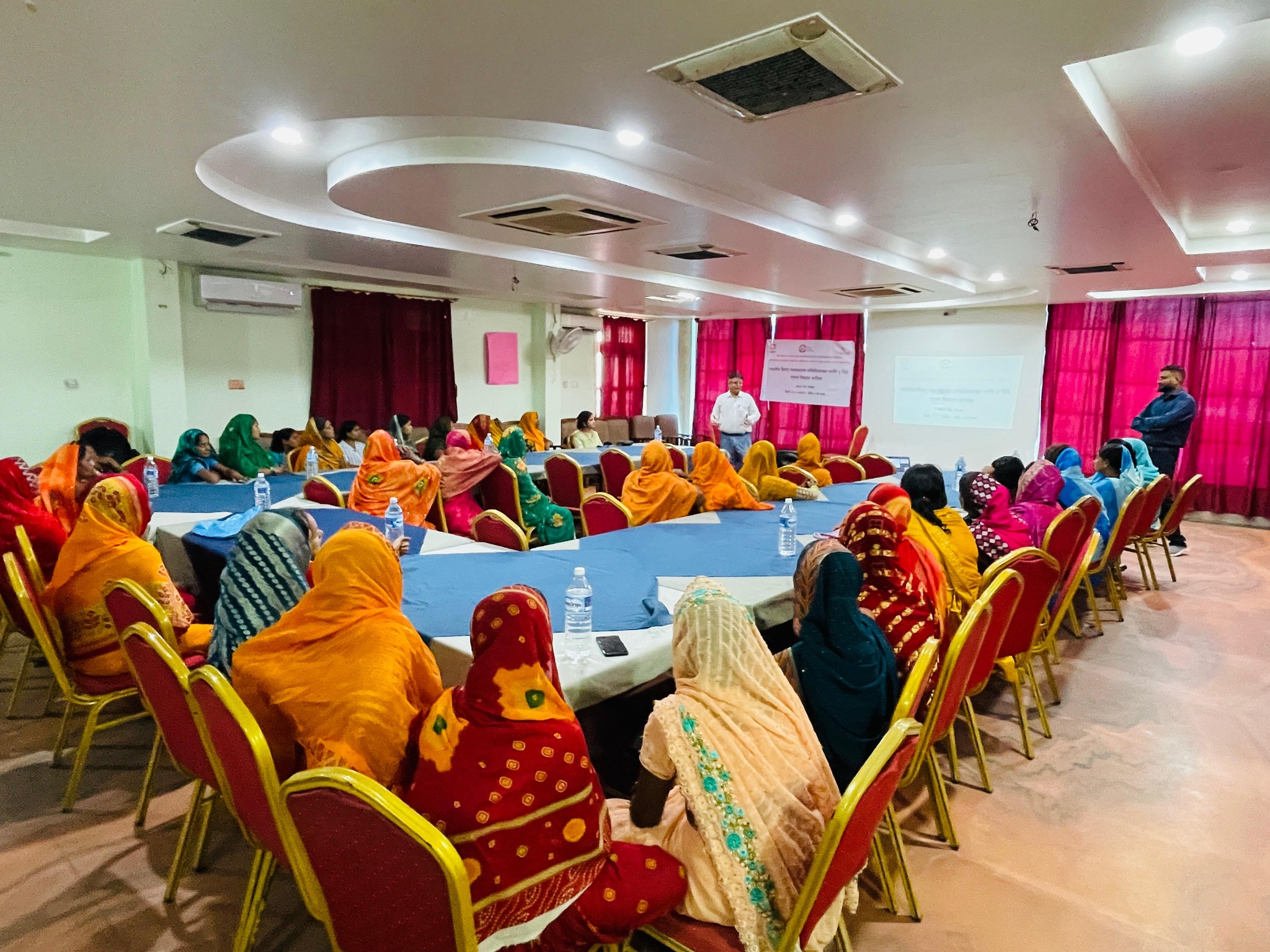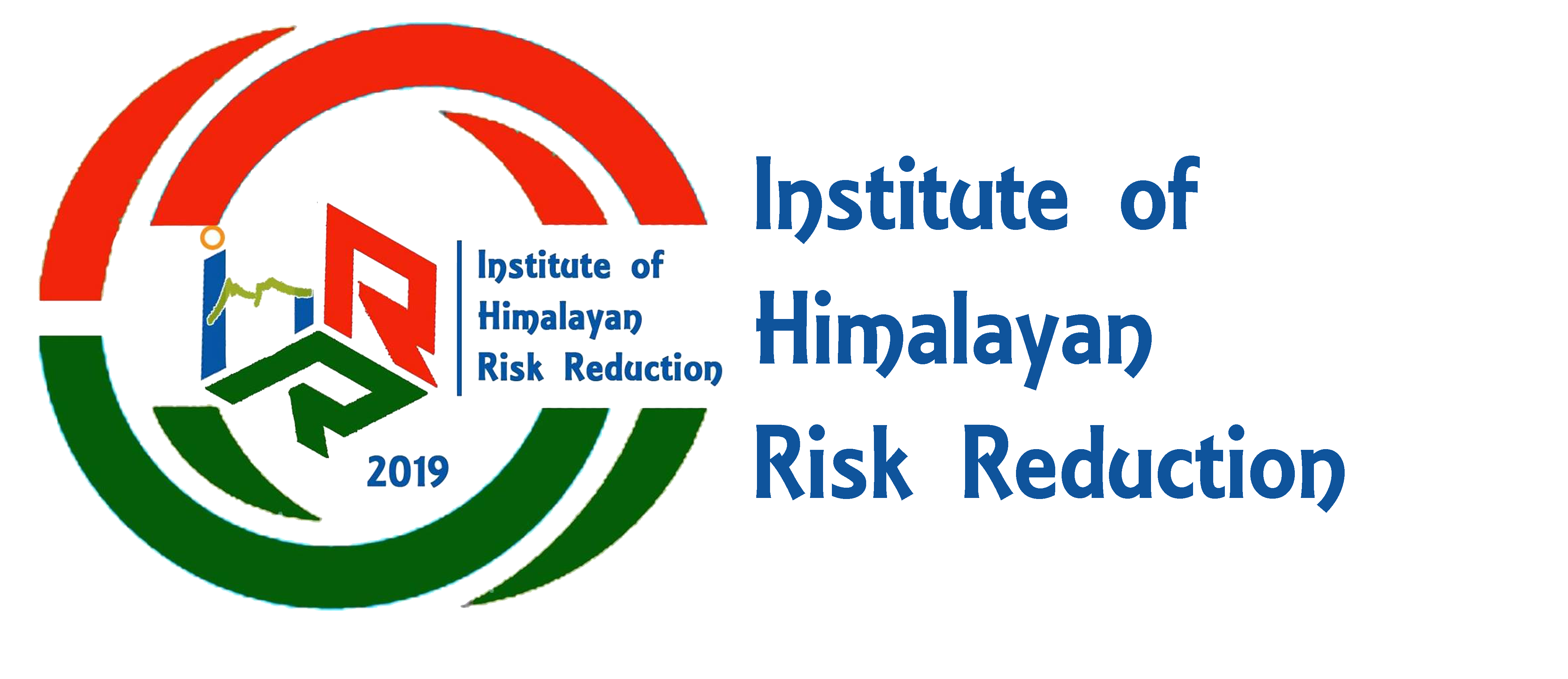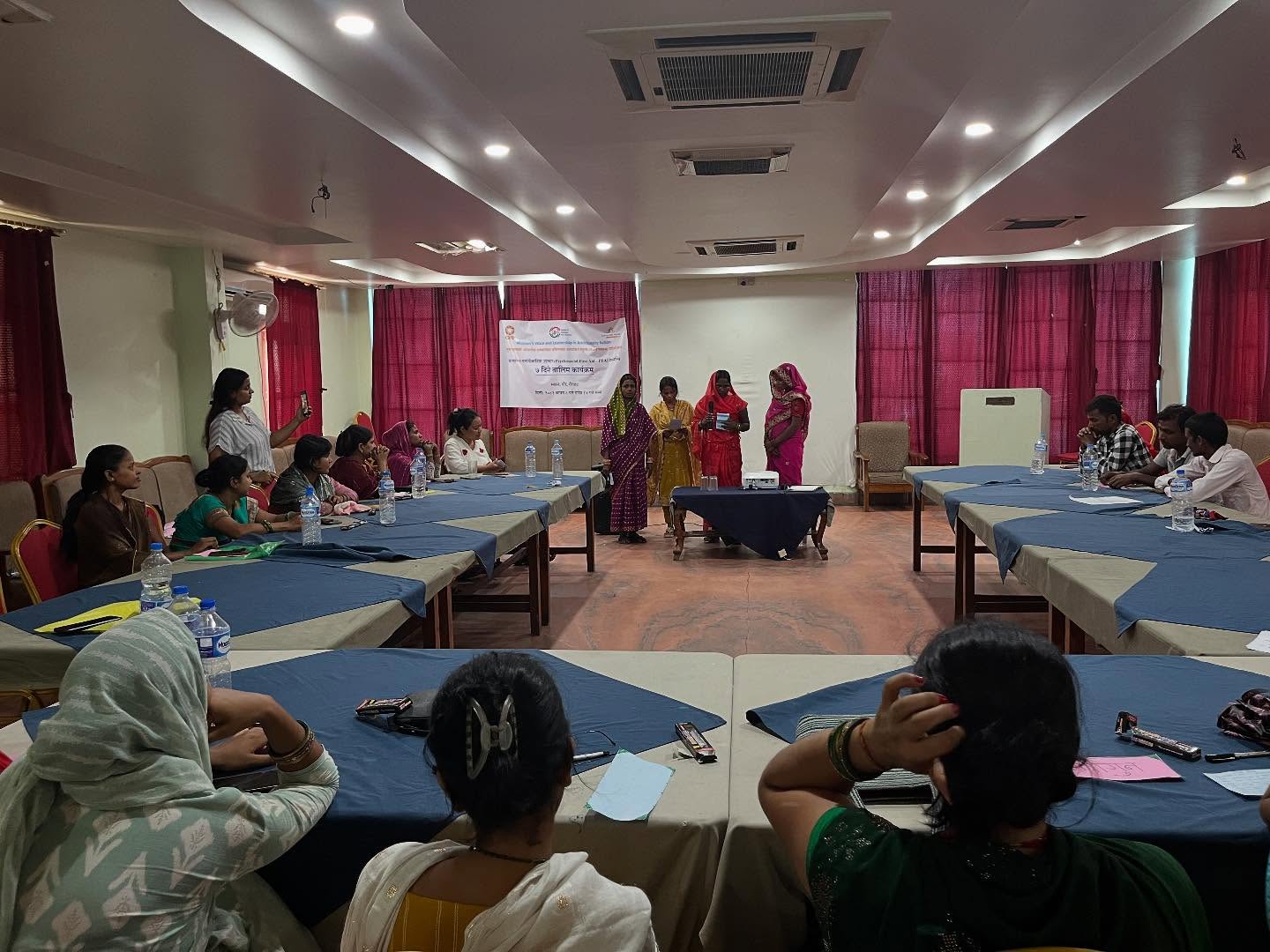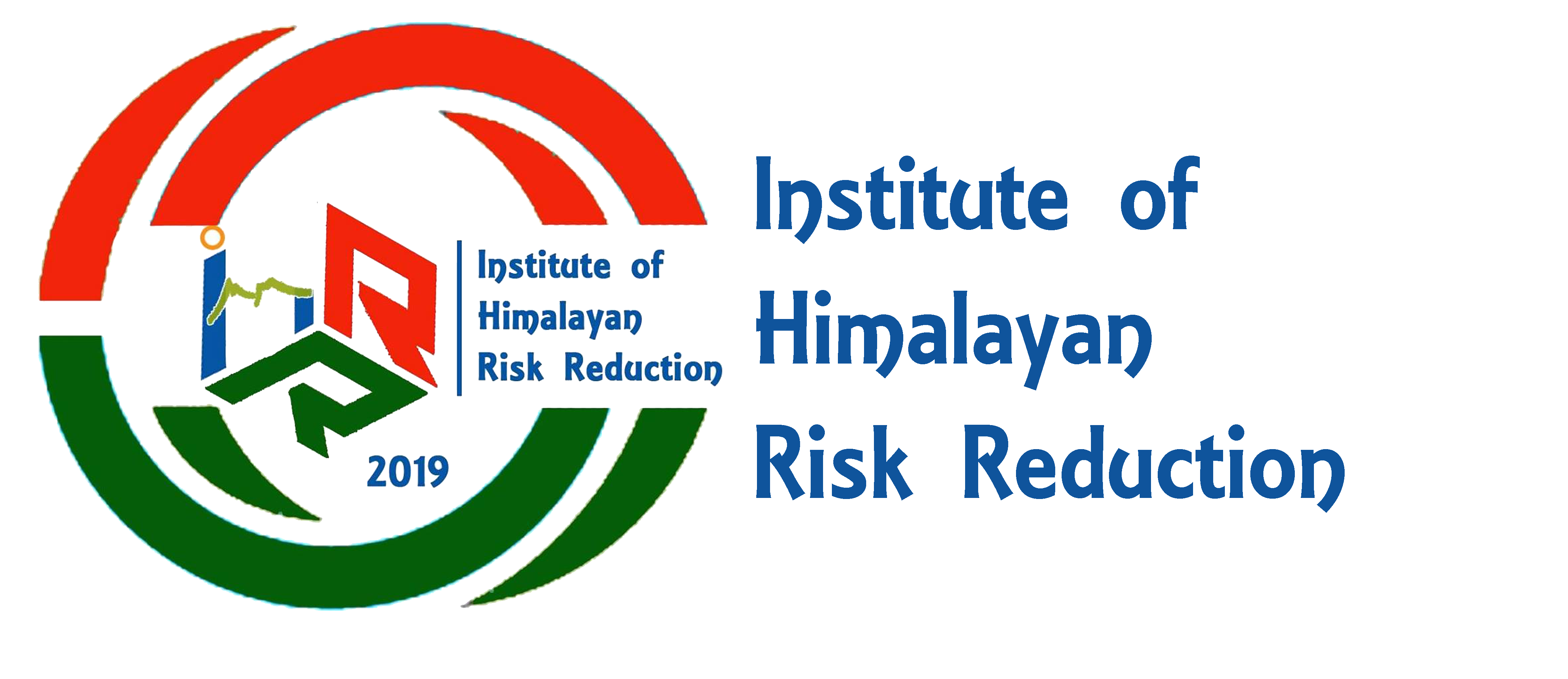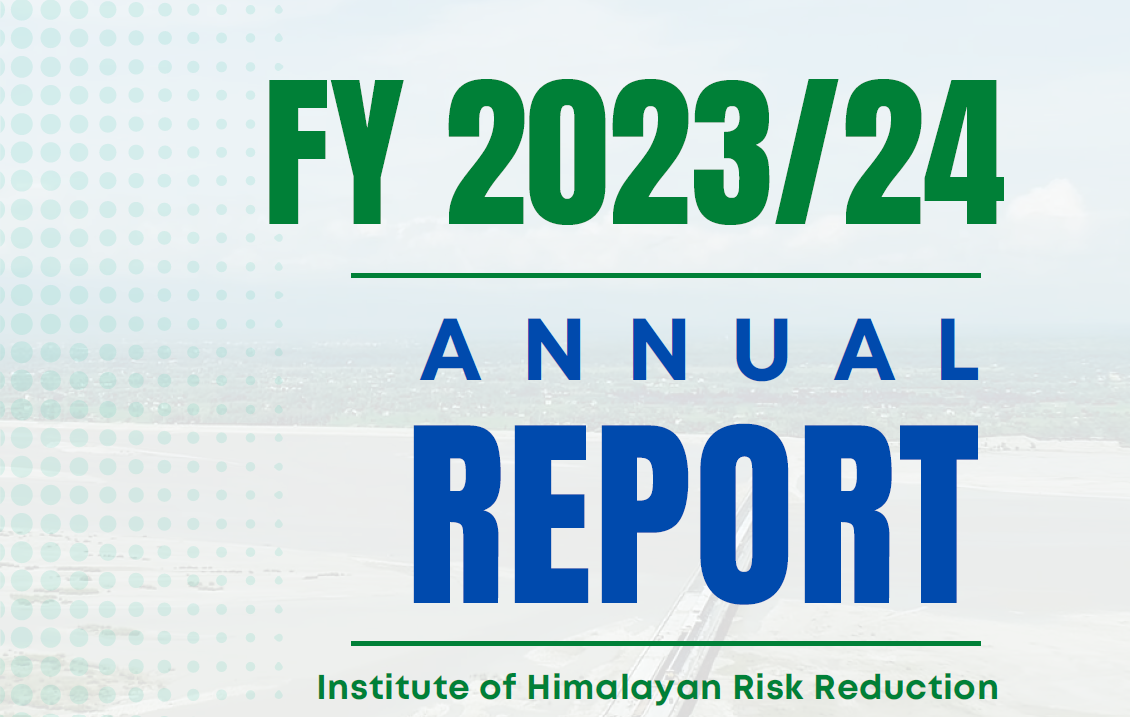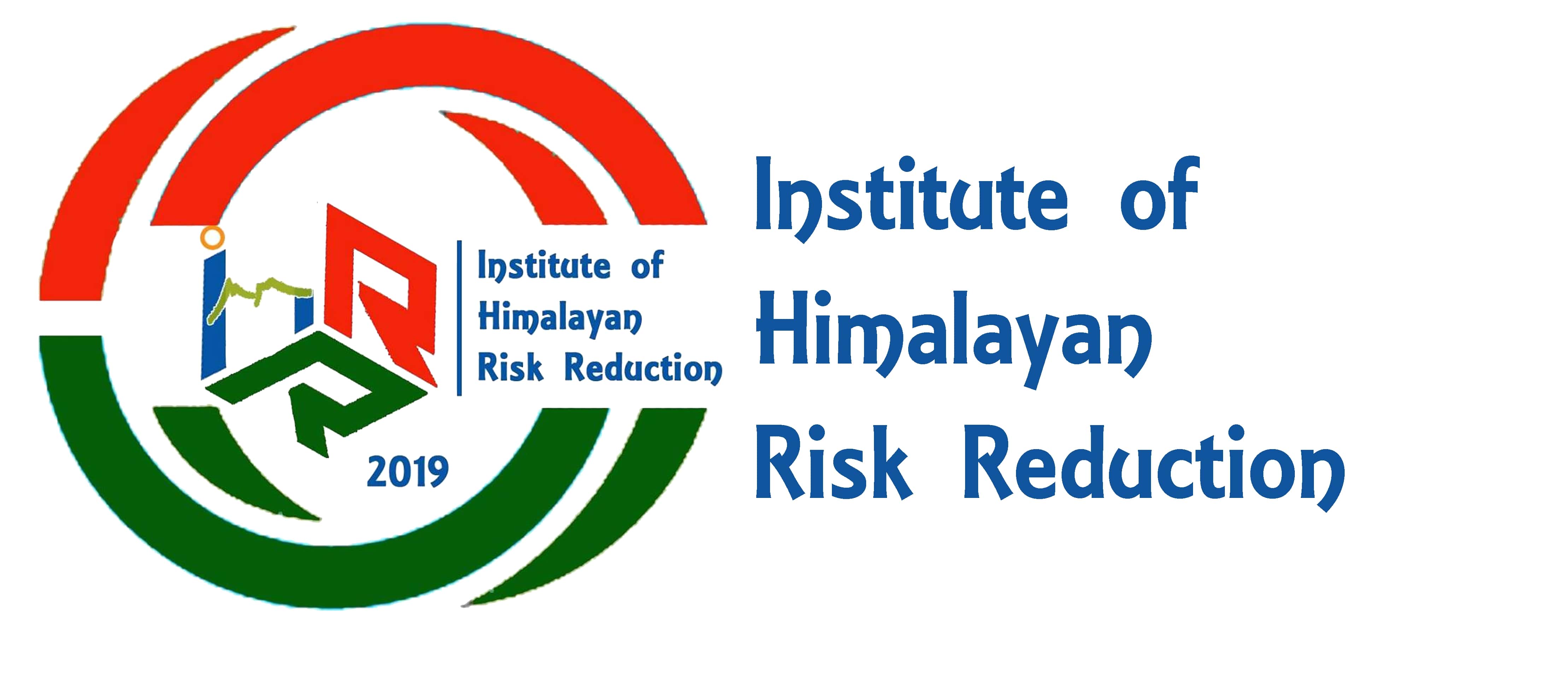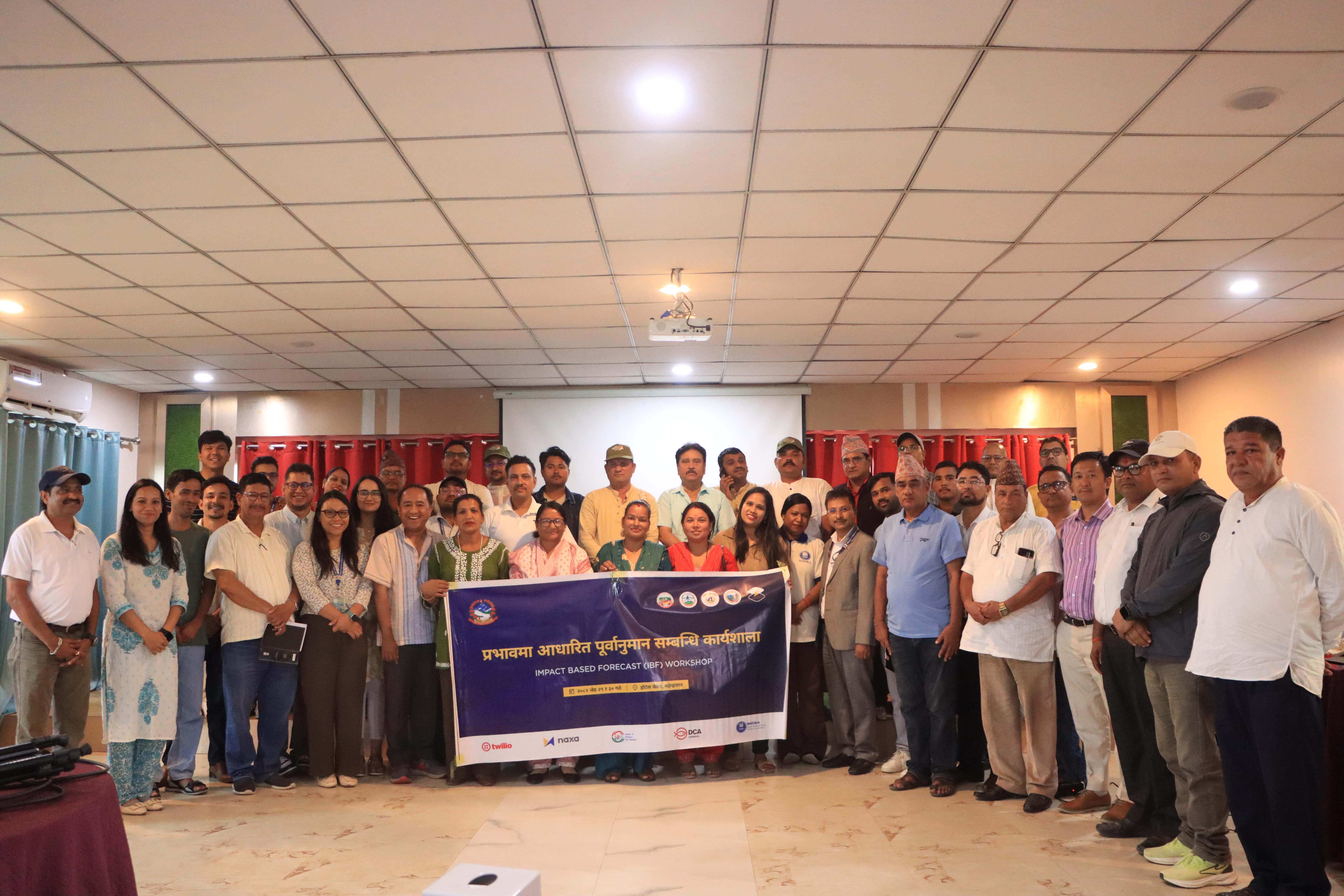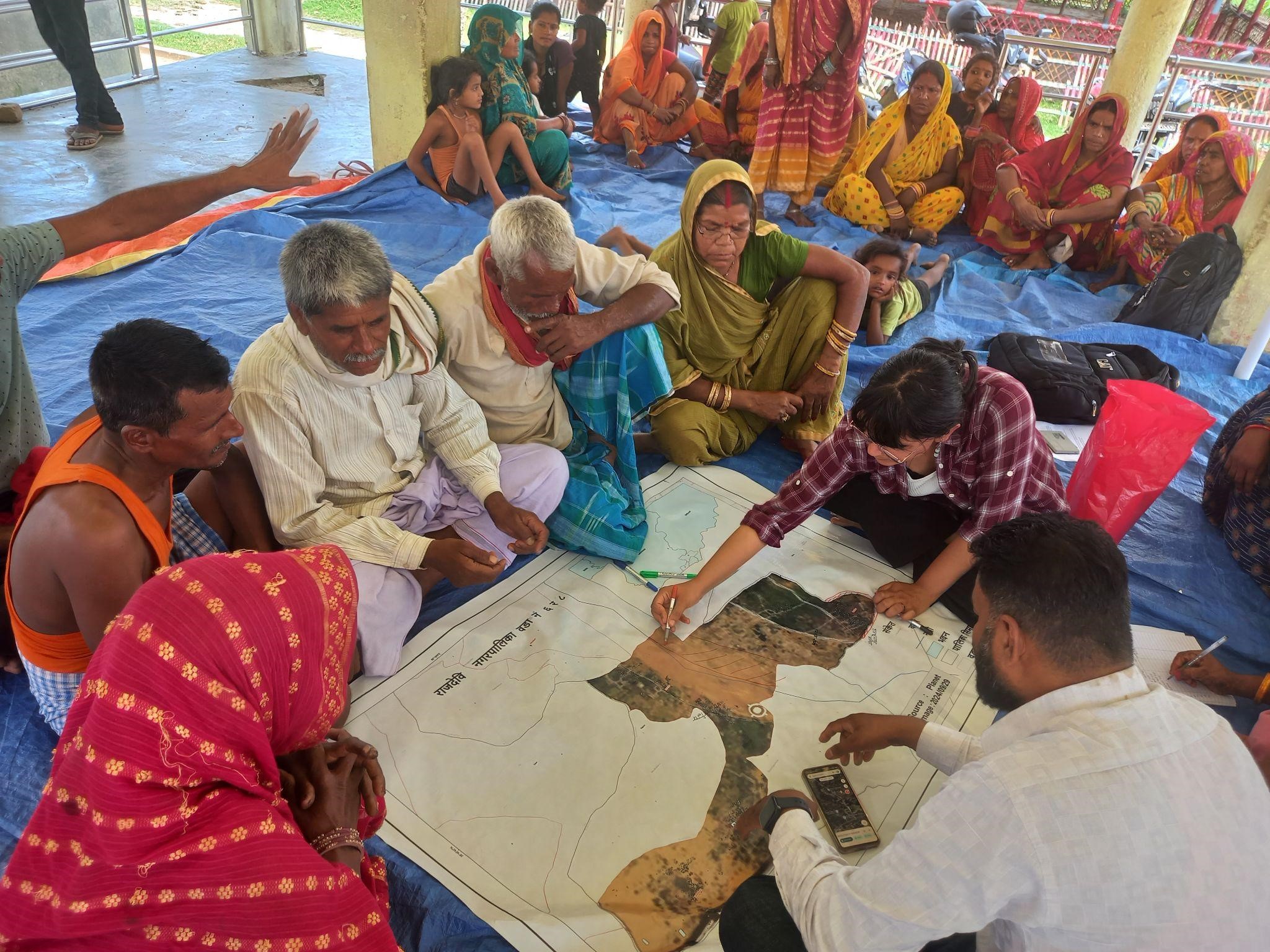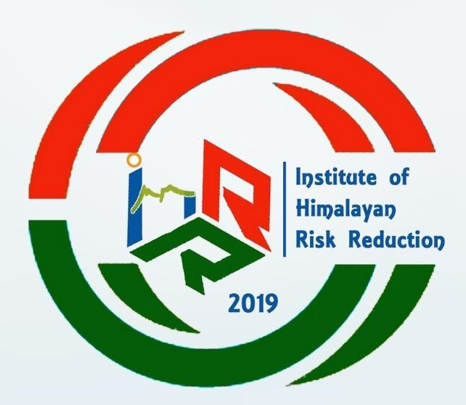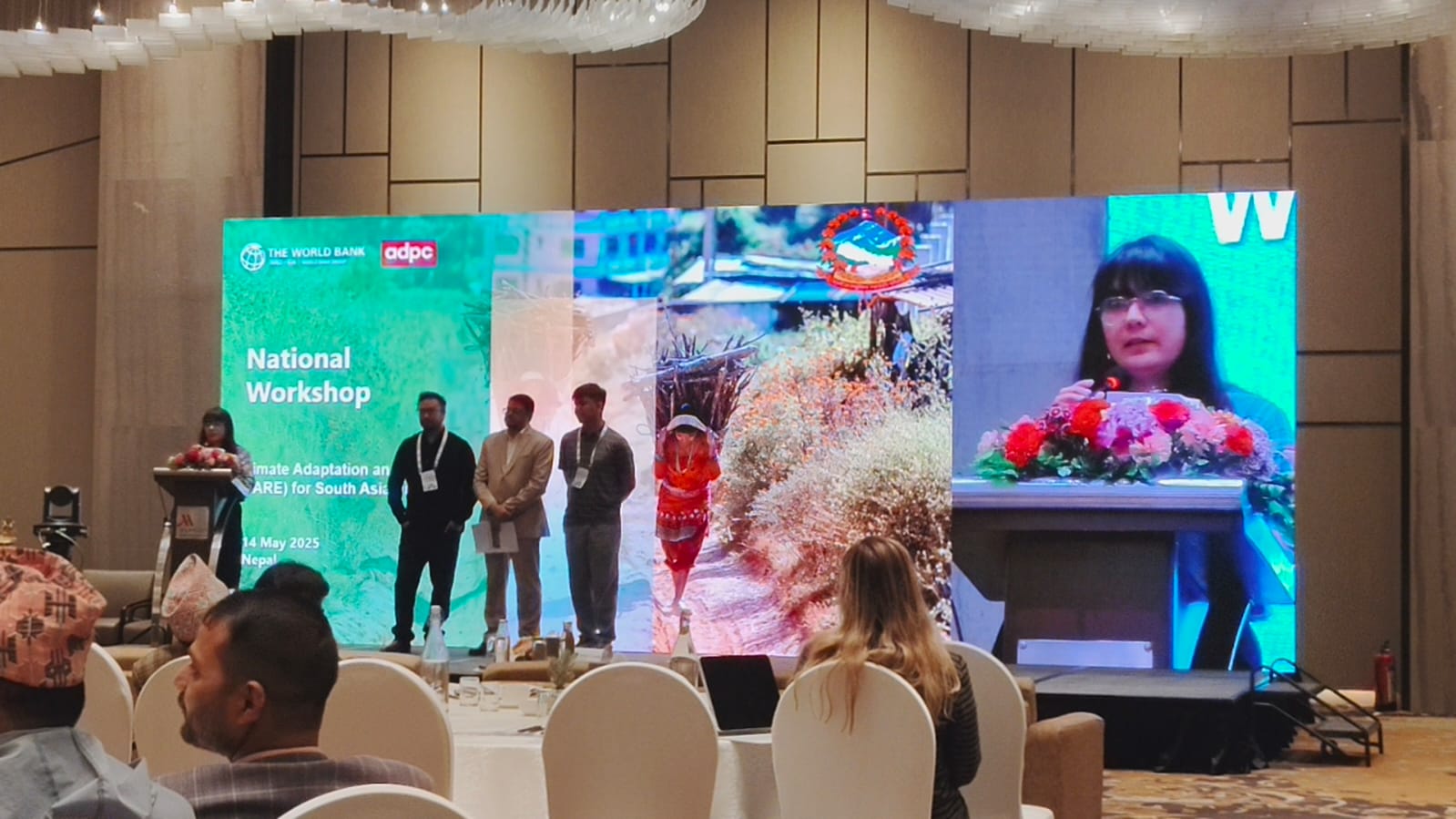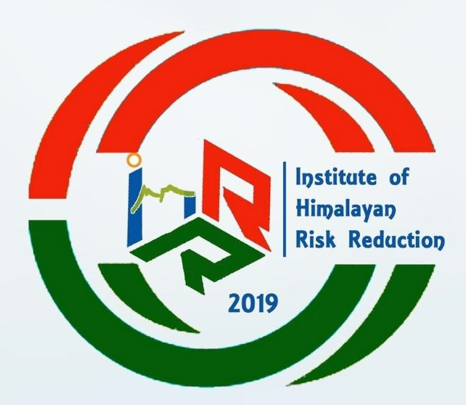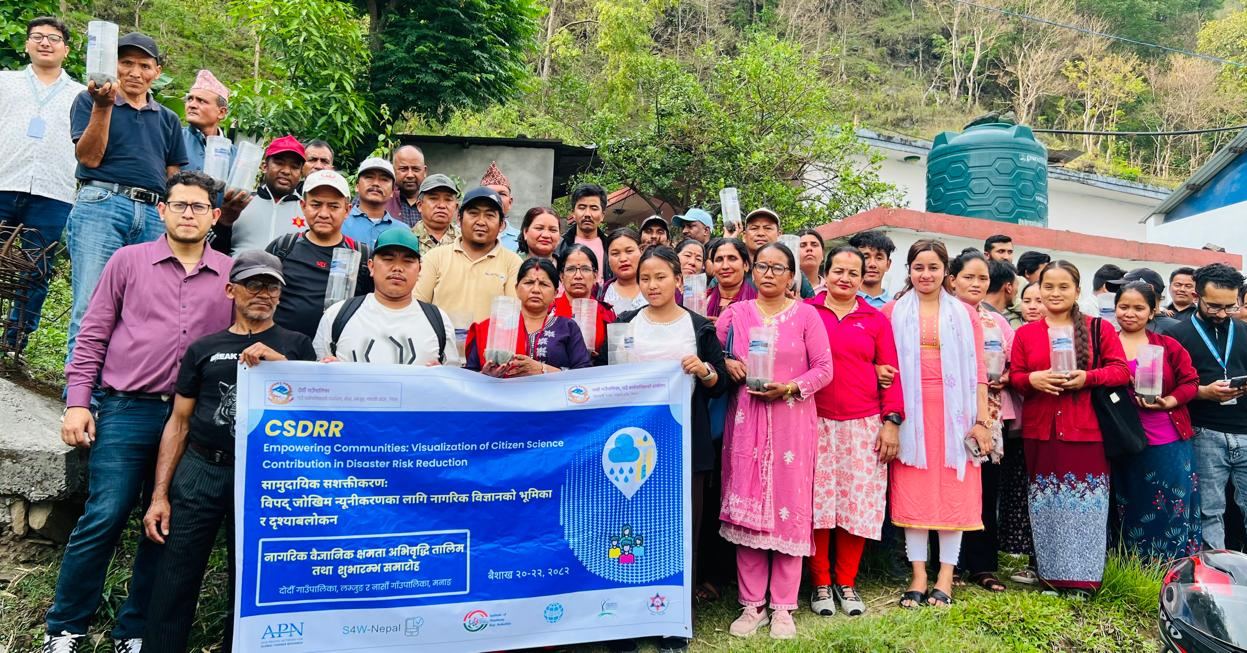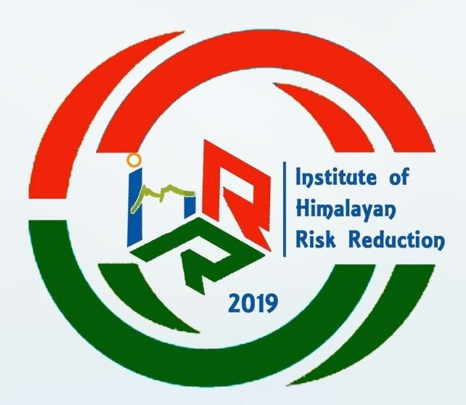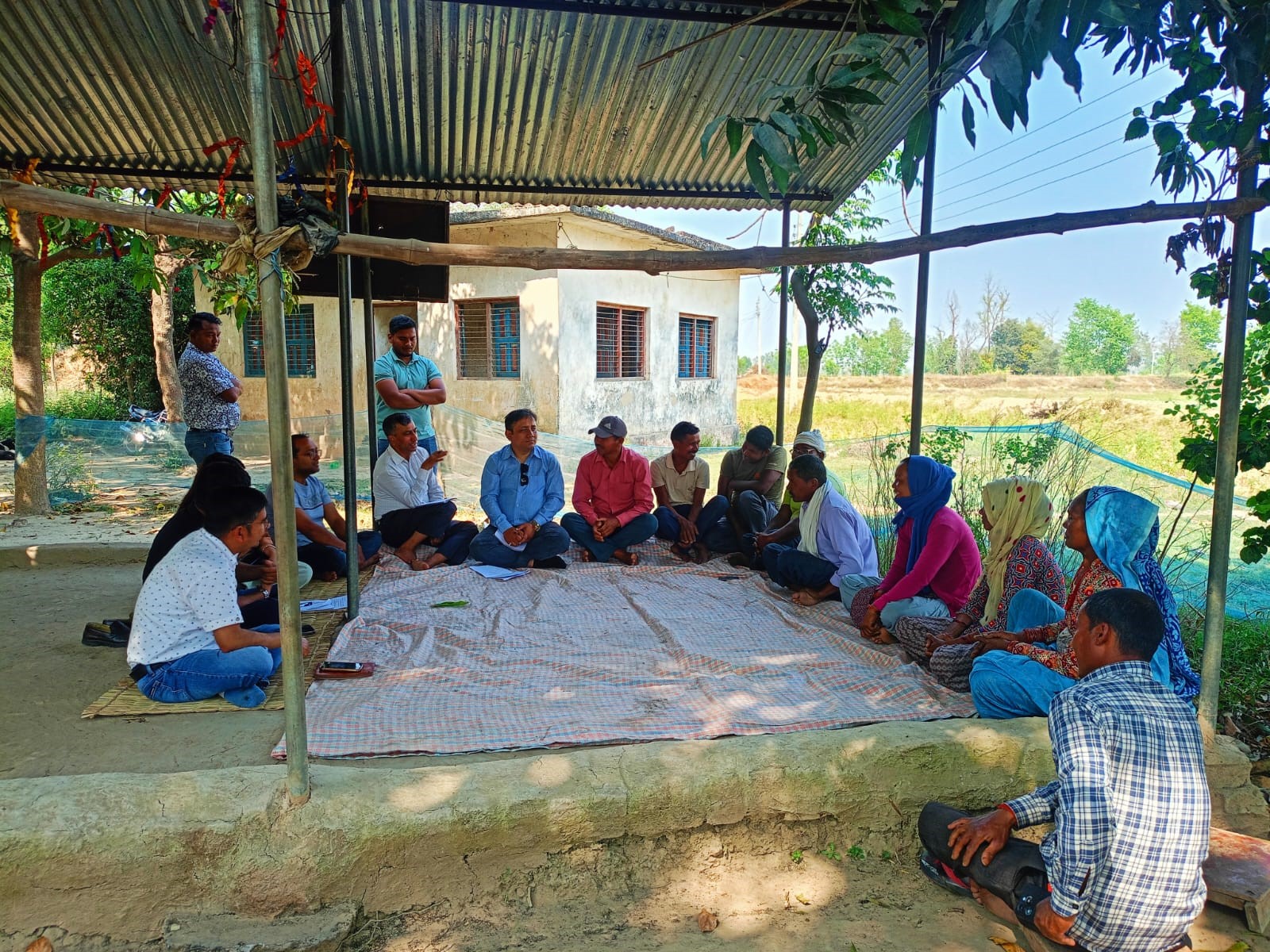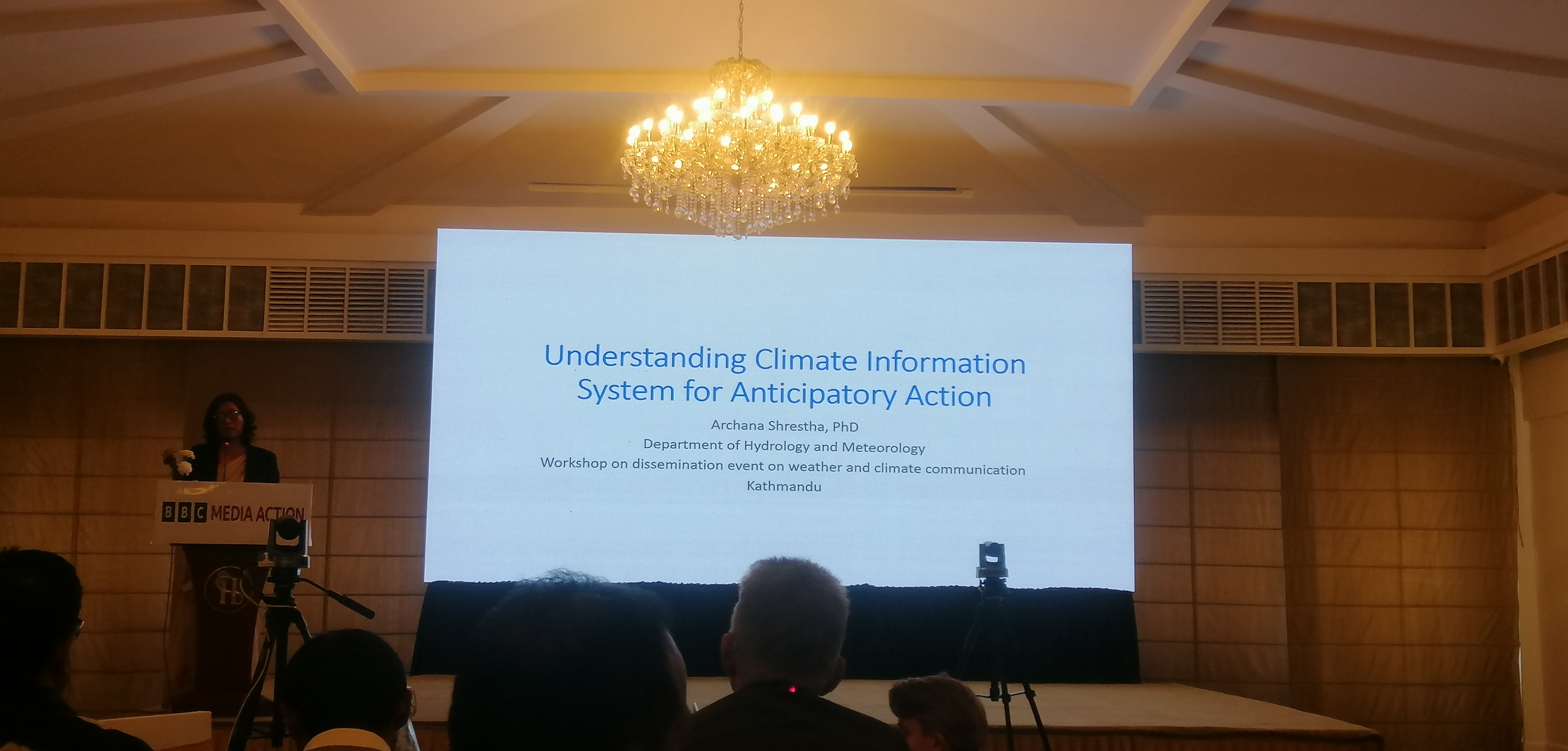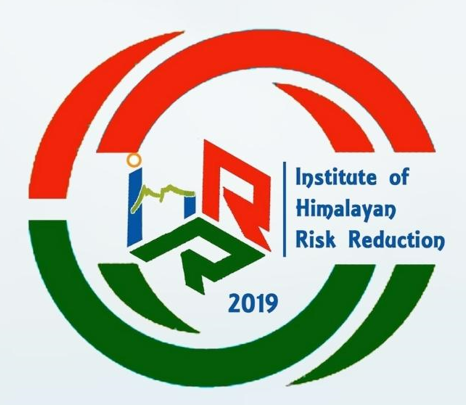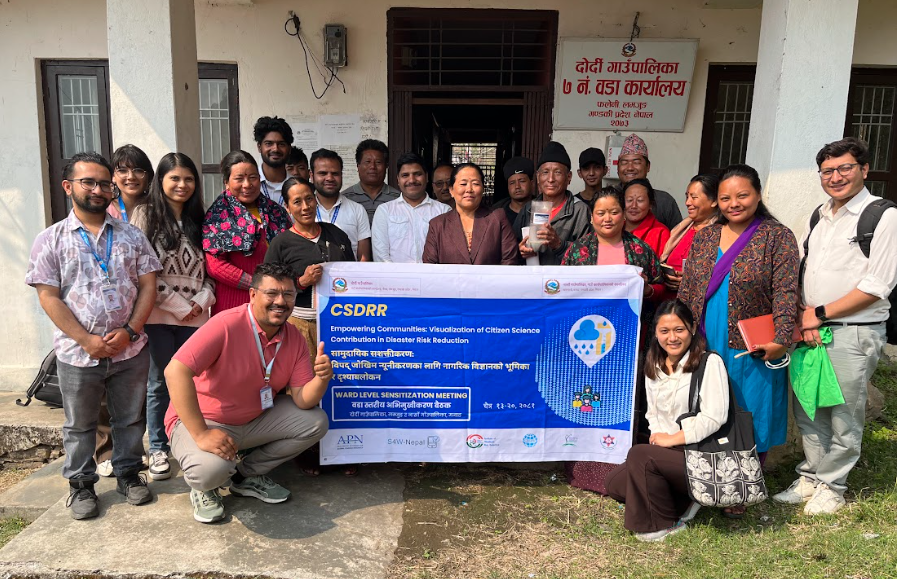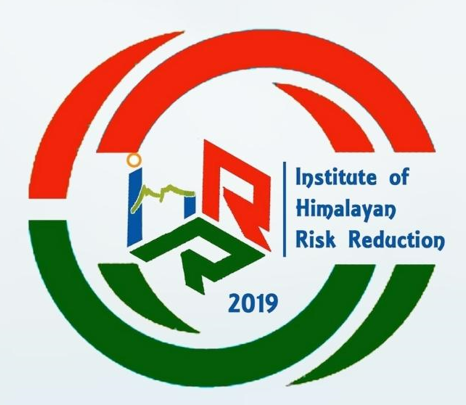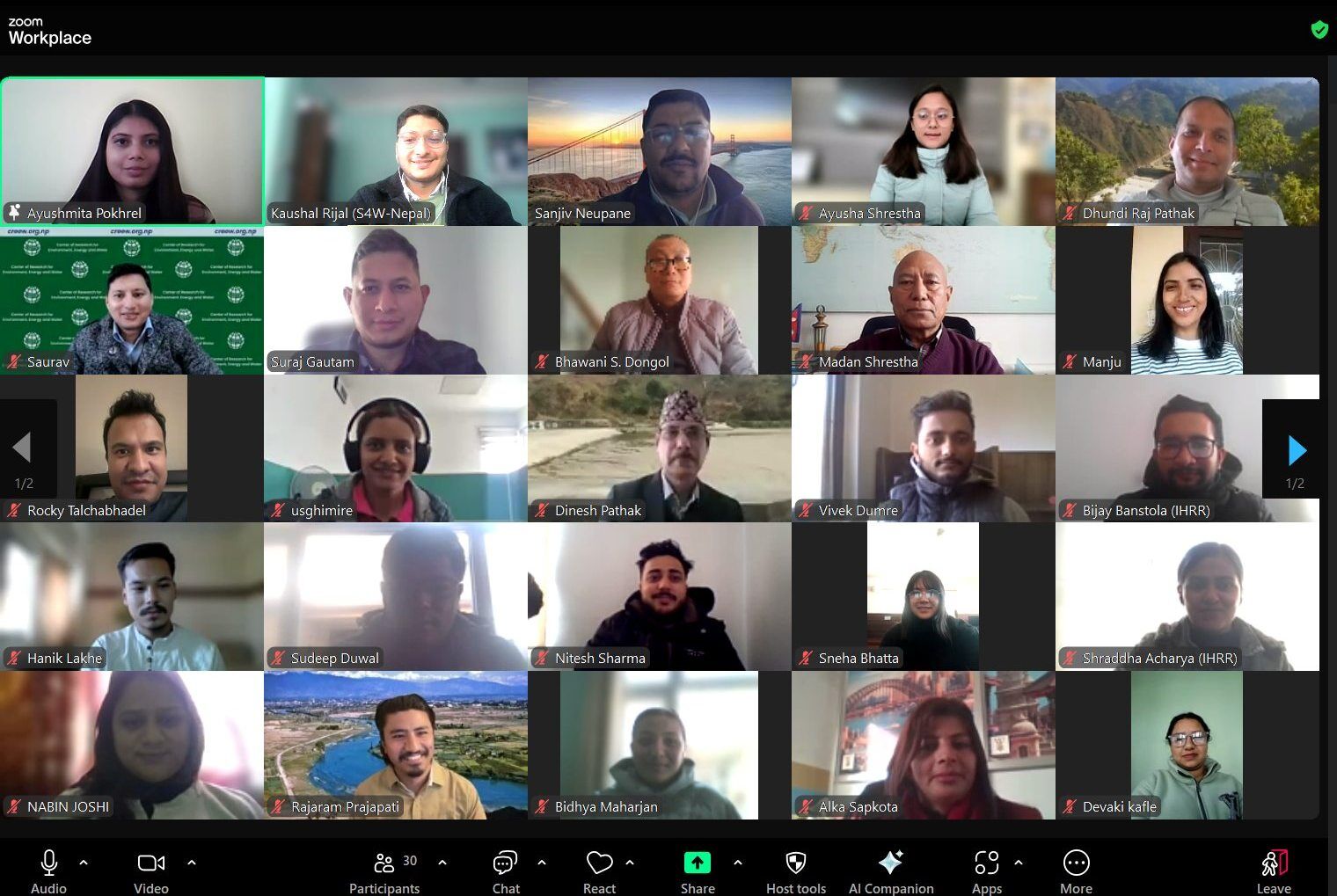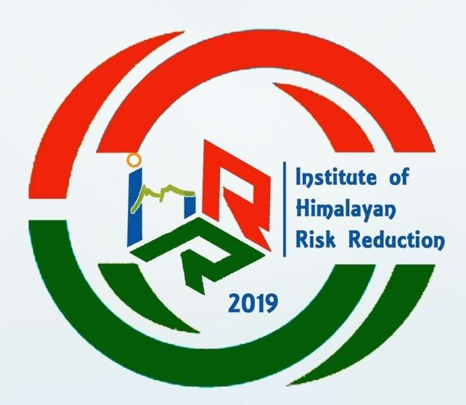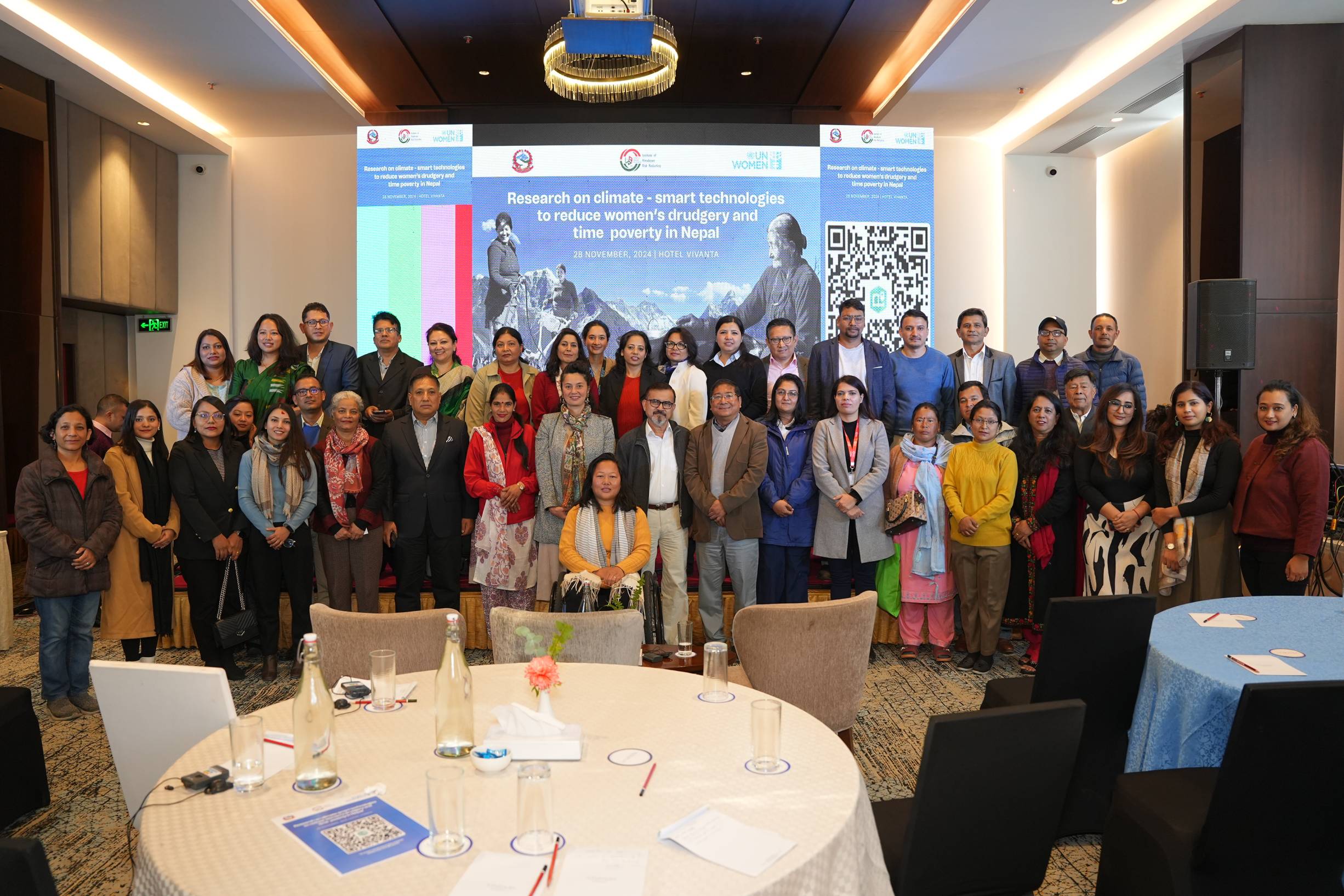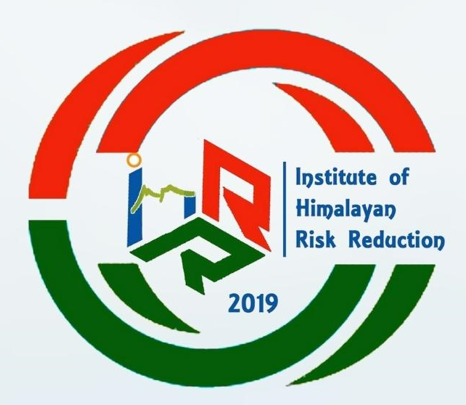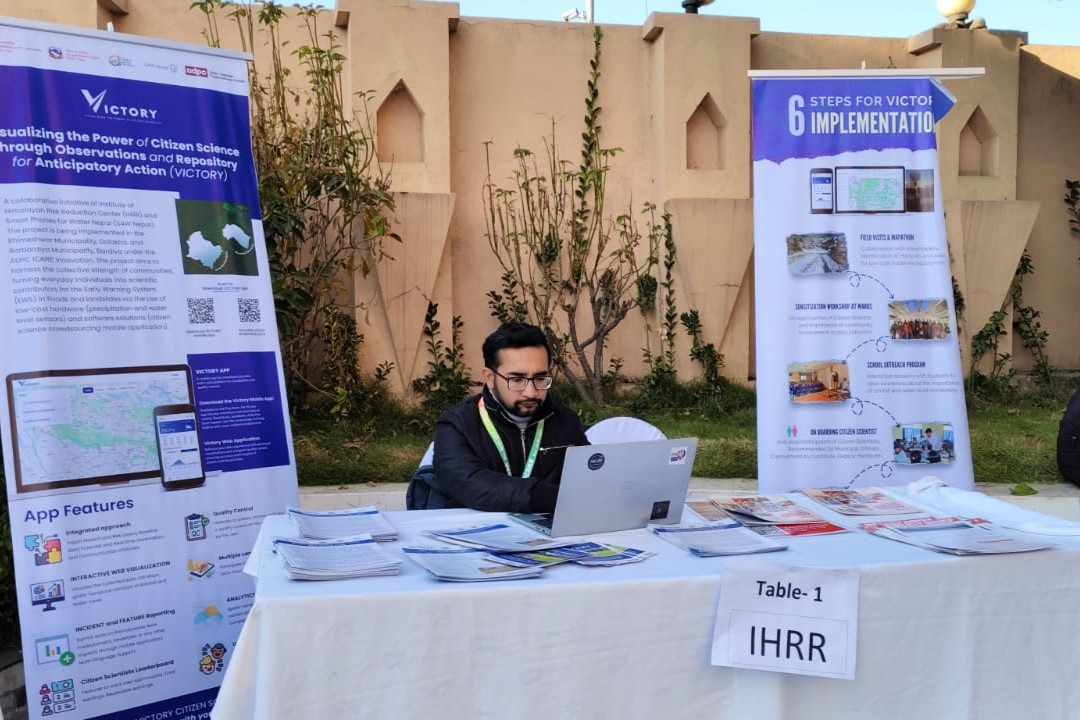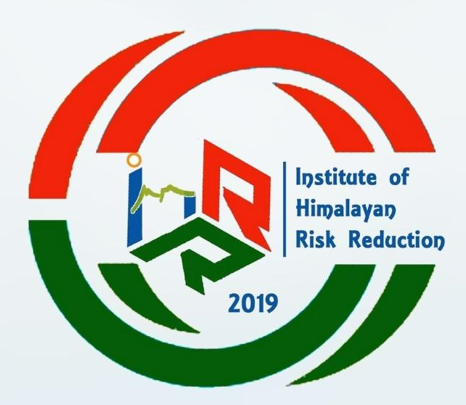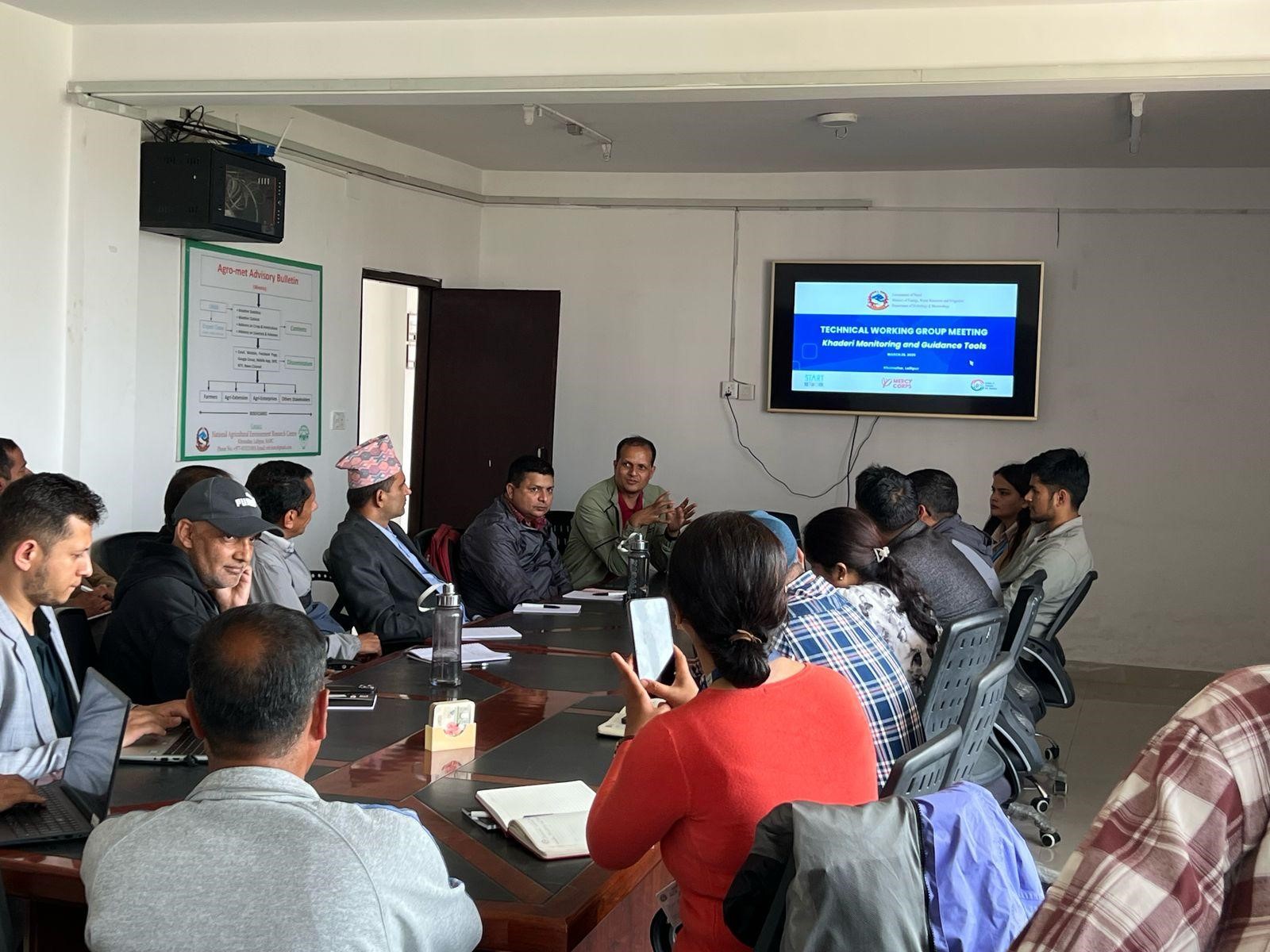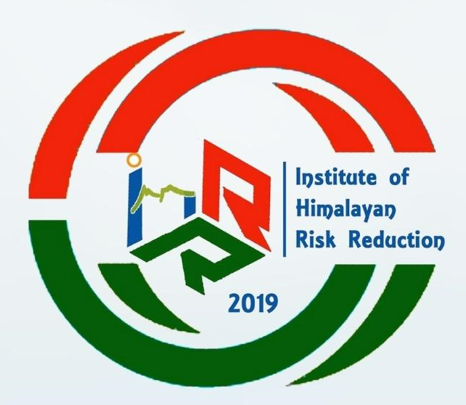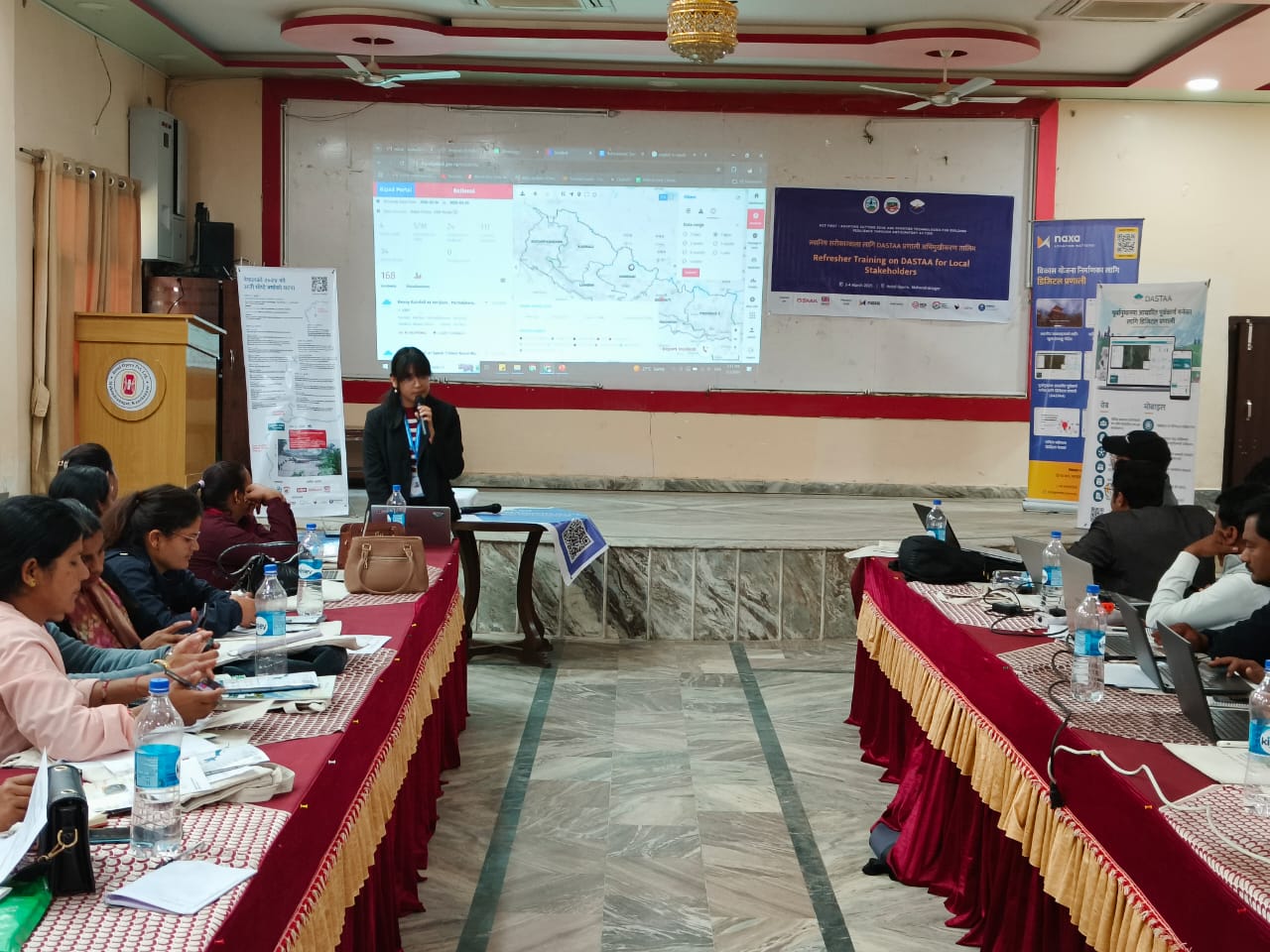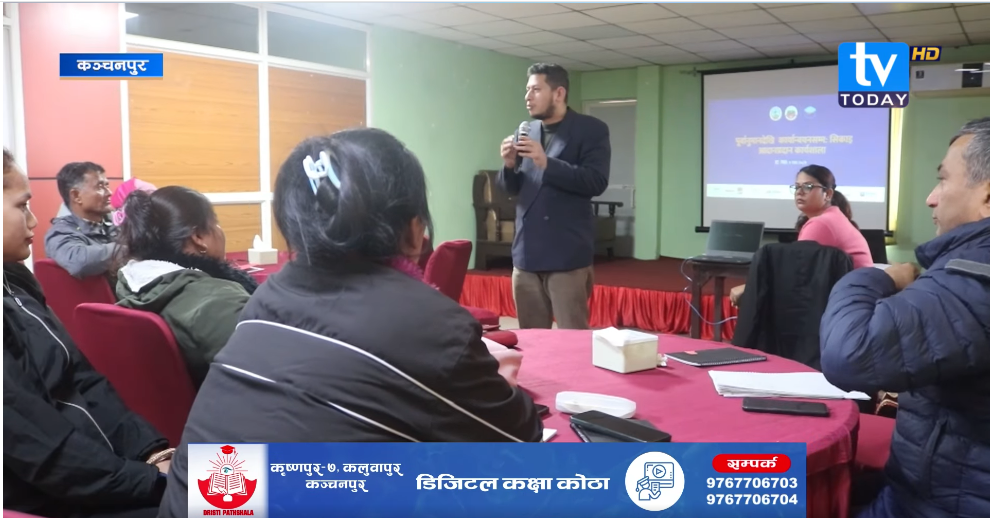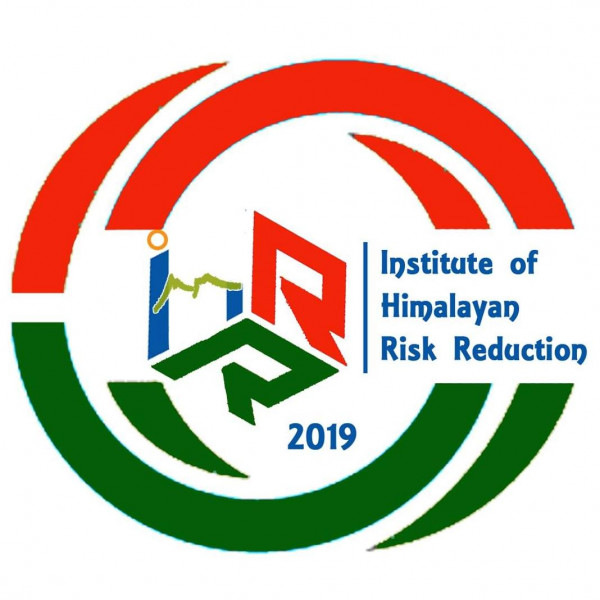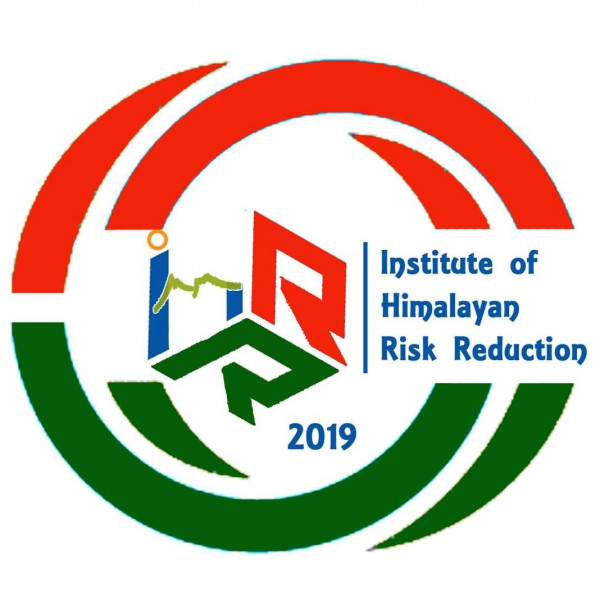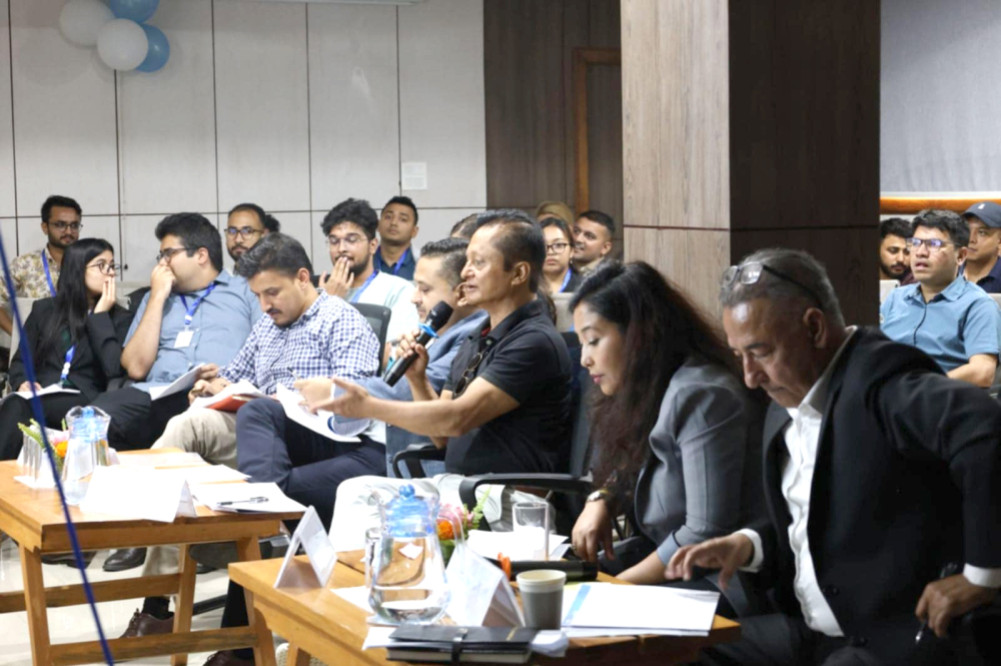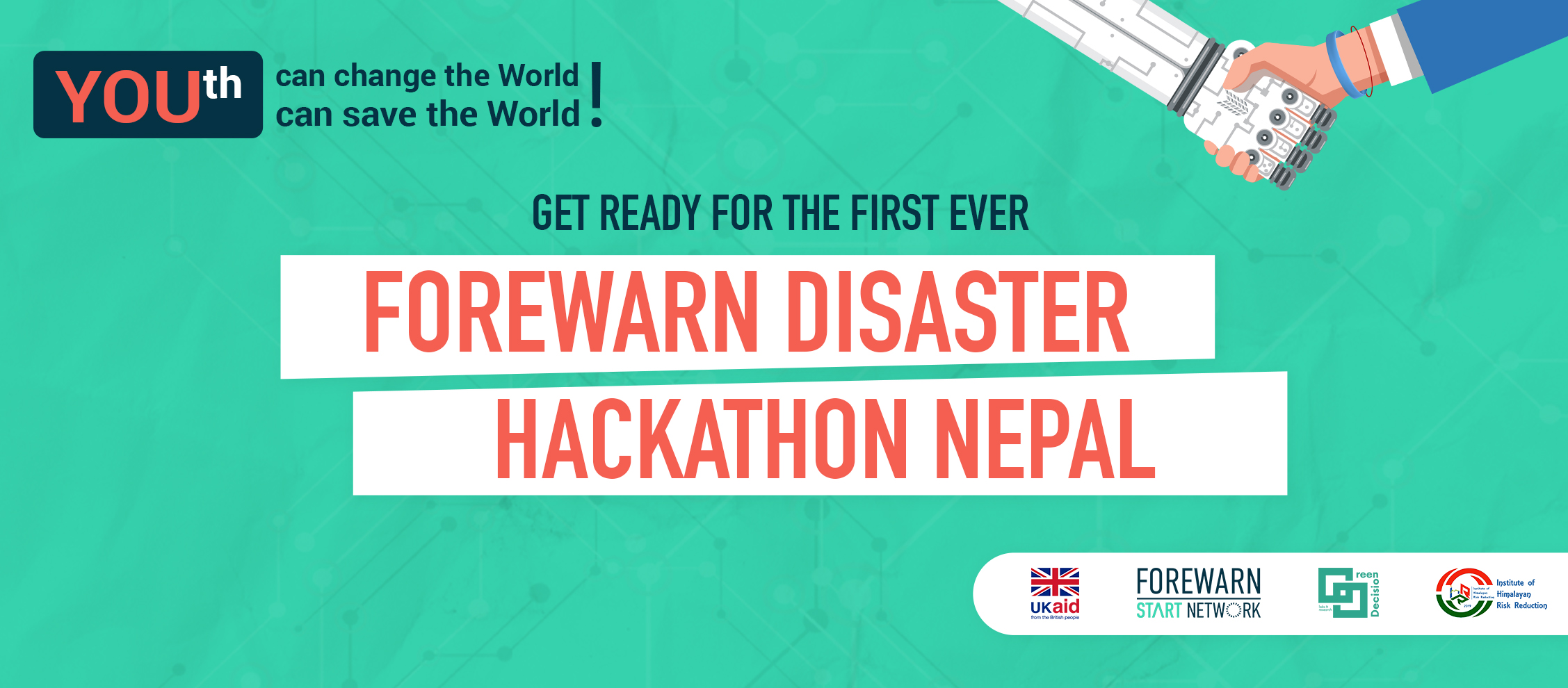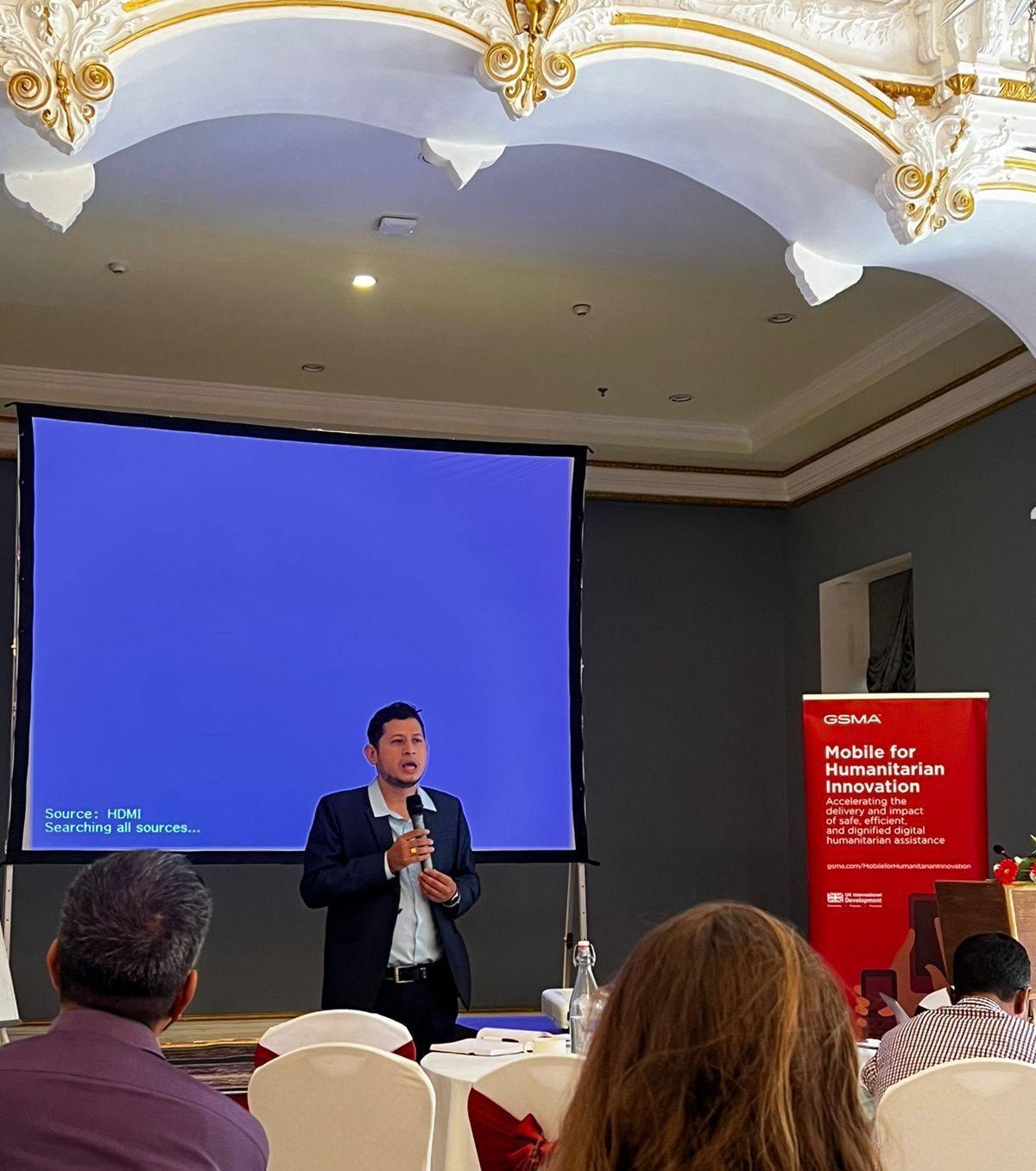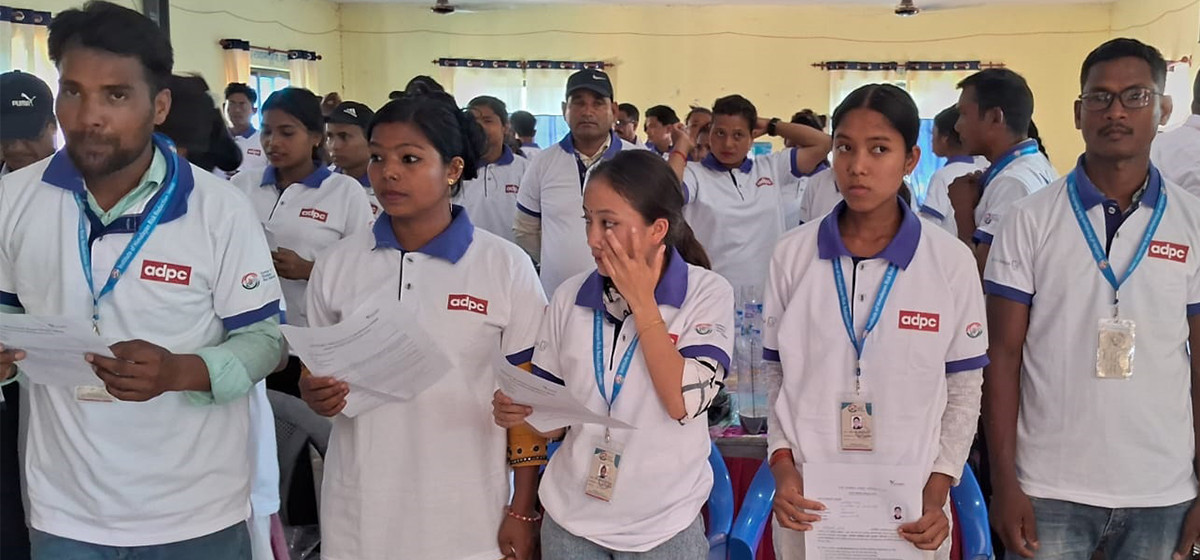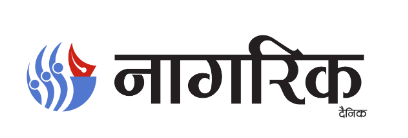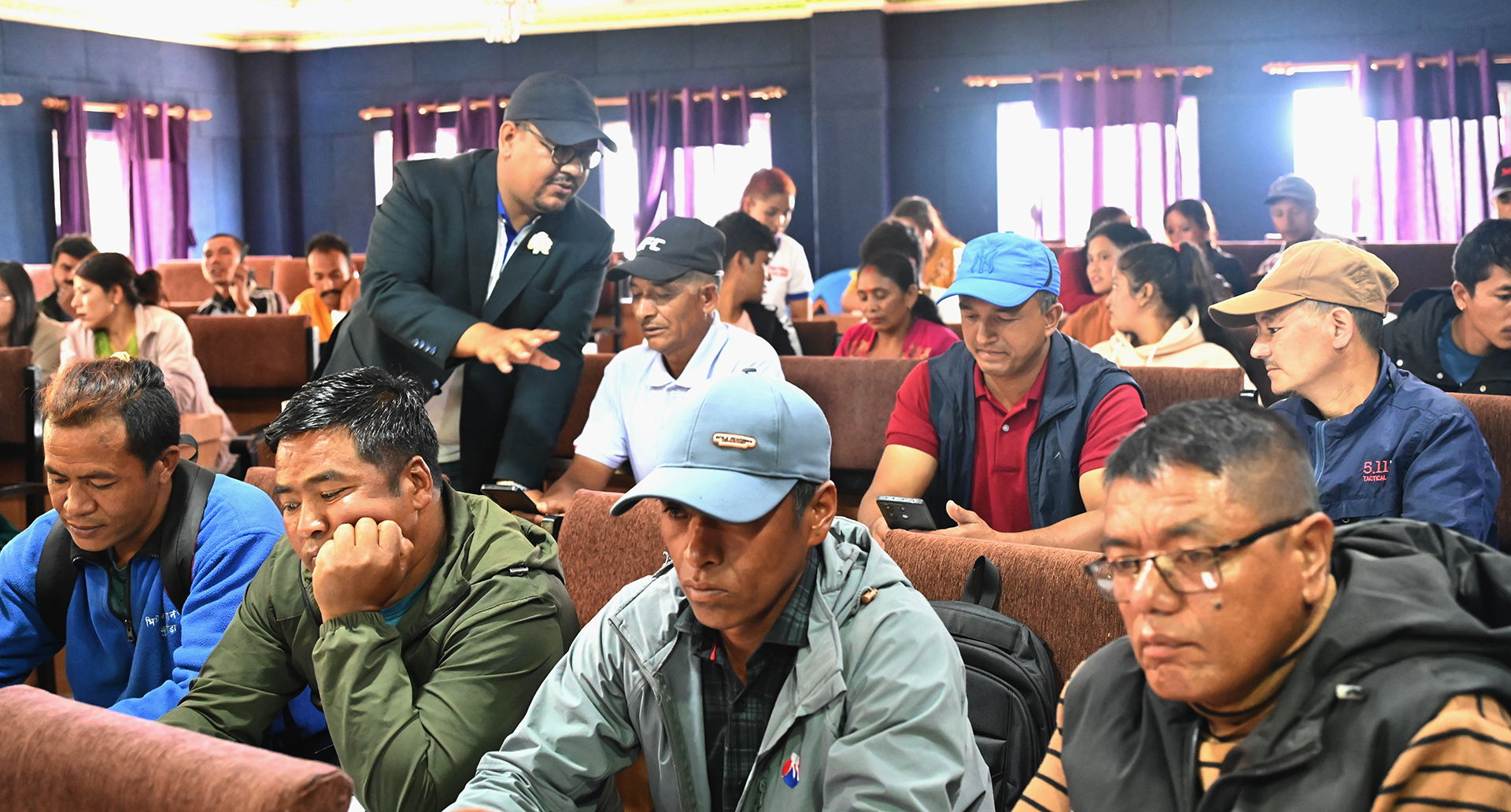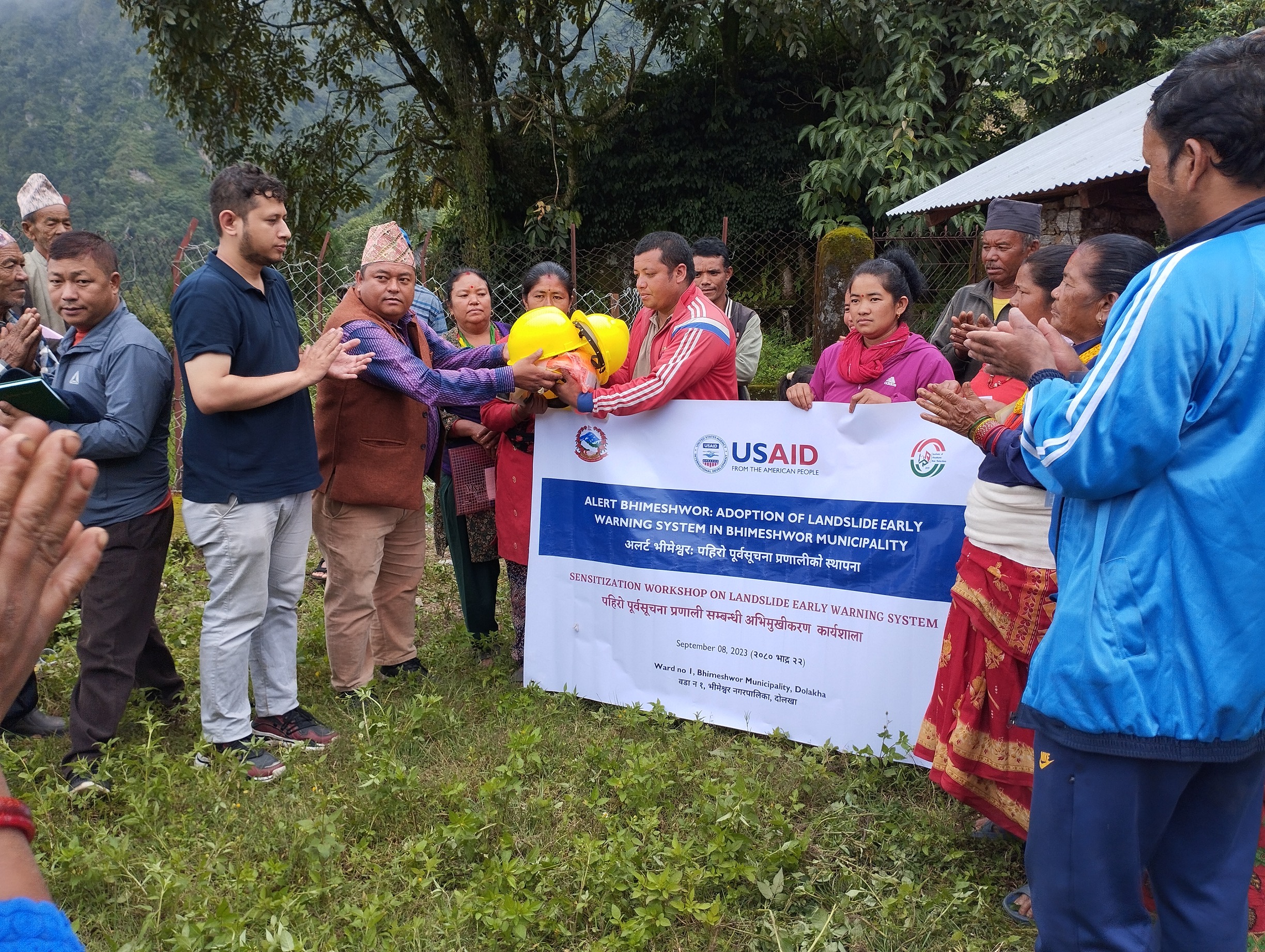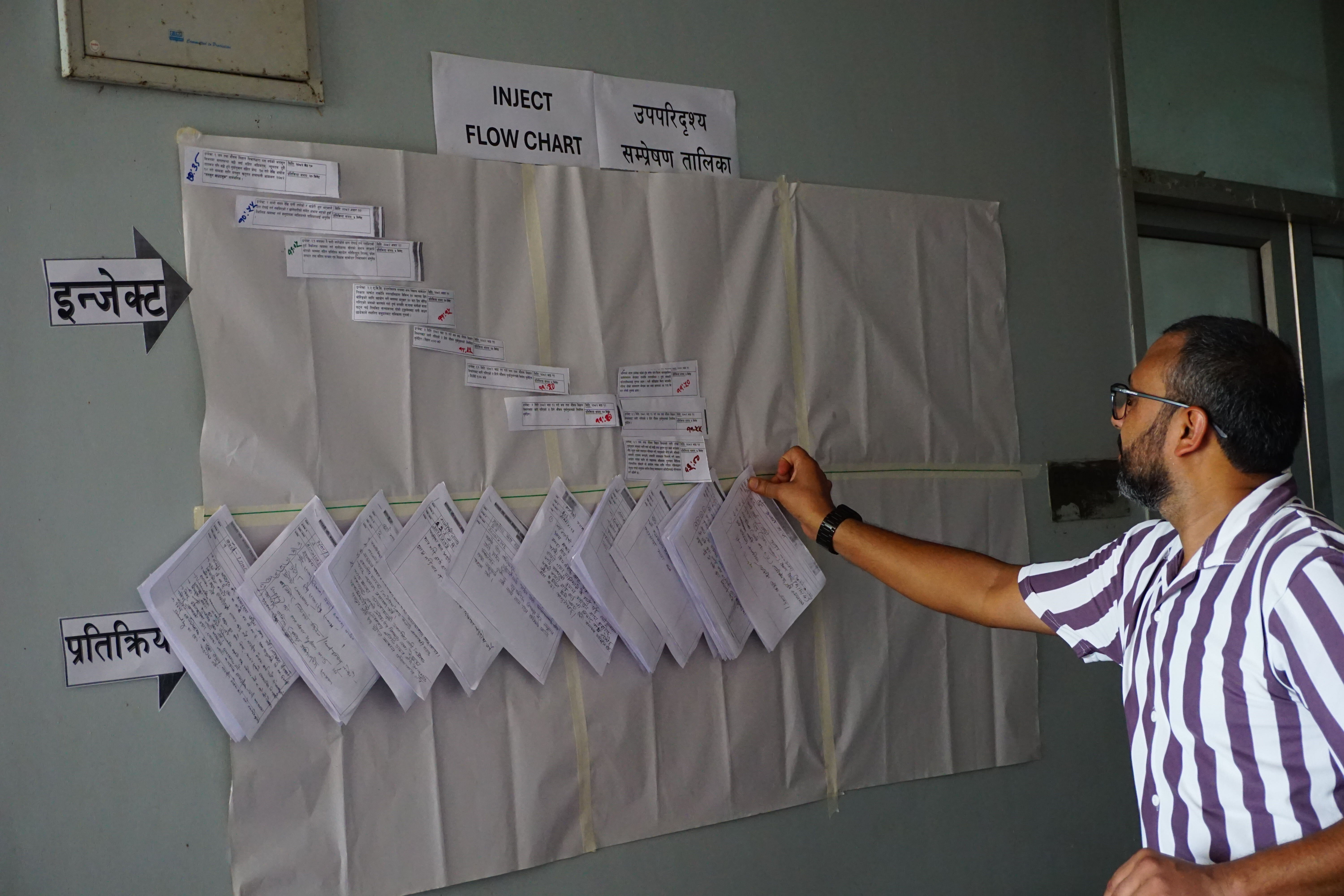
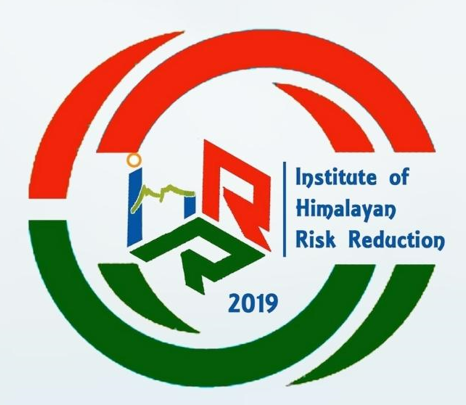
IHRR
Sep 24,2025
On August 29, 2025, a table-top simulation exercise (SimEx) was held in Rautahat District, situated within the Bagmati watershed area of Nepal’s Madhesh Province. The primary aim of the exercise was to test and strengthen both horizontal and vertical coordination mechanisms for early warning dissemination, anticipatory actions, and joint disaster response. The initiative focused particularly on improving operational efficiency under the leadership of government-led emergency operation centers and disaster management committees.
Rautahat, like much of the Terai belt, is acutely vulnerable to annual monsoon floods. The presence of Bagmati, Lalbakaiya, Chandi, and Jhanj rivers, combined with fragile embankments, shifting riverbeds, poor drainage, and dense settlements, contributes to recurring damage to homes, schools, health posts, farmland, and infrastructure. Women and marginalized groups are often excluded from timely early warning messages, while downstream settlements frequently do not receive upstream alerts in time. In municipalities such as Rajdevi and Durga Bhagwati, limited flood control structures and poor soil absorption exacerbate the stagnation of floodwaters for extended periods.
The simulation brought together 132 participants from various government agencies, security forces, civil society, media, humanitarian clusters, and community-based organizations. Representatives included officials from the National Disaster Risk Reduction and Management Authority, the Department of Hydrology and Meteorology, provincial and district emergency operation centers, local and ward-level disaster management committees, and several rural and urban municipalities. The event was hosted by Abhiyan Nepal and the Institute of Himalayan Risk Reduction.
The exercise simulated a 10-day disaster timeline, within a 3-hour session. The scenario began with a prolonged drought and transitioned into flood conditions, simulating cascading challenges faced by communities in real life. Injects were designed to test specific operational tasks, such as convening disaster committees, checking stockpiles, distributing resources, and activating emergency protocols. They also evaluated decision-making under pressure, communication flows across administrative levels, and coordination between neighboring municipalities.
Each inject mirrored real-life challenges, including groundwater disputes, embankment breaches, stalled monsoon onset, dengue and diarrheal outbreaks, missing children in shelters, crowd control, and relief distribution errors. The Department of Hydrology and Meteorology had released a seasonal monsoon outlook predicting above-average rainfall and early monsoon onset. However, delayed rains had caused drought, triggering public protests and resource requests. As rainfall eventually arrived, the simulation escalated into flood response, requiring municipalities to activate search and rescue operations, pre-position supplies, and issue joint public advisories.
Participants engaged in structured decision-making based on their real mandates, logging each response with time stamps, sender-receiver details, and documented actions. Messages were disseminated through multiple channels to reflect the complexities of real emergency communication. Facilitators managed the sequence of injects while observers tracked whether expected actions were taken, providing feedback where needed.
The simulation tested vertical coordination, from federal to local levels, and horizontal coordination across municipalities. For example, upstream flood warnings needed to be distributed downwards through the Provincial Emergency Operation Centre to the District Administration Office, then down to Local Emergency Operation Centres and Ward Disaster Management Committees. Simultaneously, municipalities needed to coordinate laterally to share resources, align public messaging, and ensure joint responses without duplication. The exercise emphasized the importance of mutual aid agreements, simple resource-sharing protocols, and the documentation of shared assets.
Throughout the event, gender equality, disability, and social inclusion (GEDSI) considerations were integrated into decision-making checklists and expected actions. Special attention was paid to ensuring that the voices of women and vulnerable groups were included in planning and response discussions.
The day concluded with reflections from participants, who emphasized the need for clearer message protocols, defined triggers, and predictable reporting rhythms. Municipal leaders used the platform to call for actionable follow-ups, including the institutionalization of early embankment repair rituals, public education on early warnings, visible and stocked resource depots, and the establishment of single-window relief systems with grievance mechanisms. Lessons learned from the SimEx contributed to the development of a near-term action plan, aimed at strengthening local preparedness, reinforcing women’s leadership, and improving community-level coordination.
This simulation was not a one-off event. It was embedded in a broader strategy to build long-term resilience. Following the exercise, capacity-building efforts were launched, involving municipal officials, disaster management committees, women’s groups, community volunteers, and sectoral agencies. These efforts were guided and supported by provincial, district, and local emergency operation centers and disaster management committees.
By aligning with the priorities of the Sendai Framework for Disaster Risk Reduction, this watershed-level simulation provided an opportunity to confront operational gaps, refine emergency procedures, and ground disaster planning in the lived realities of communities. The Rautahat SimEx served as a critical reminder that effective disaster response begins well before a flood arrives, requiring preparedness, coordination, and inclusive planning.
